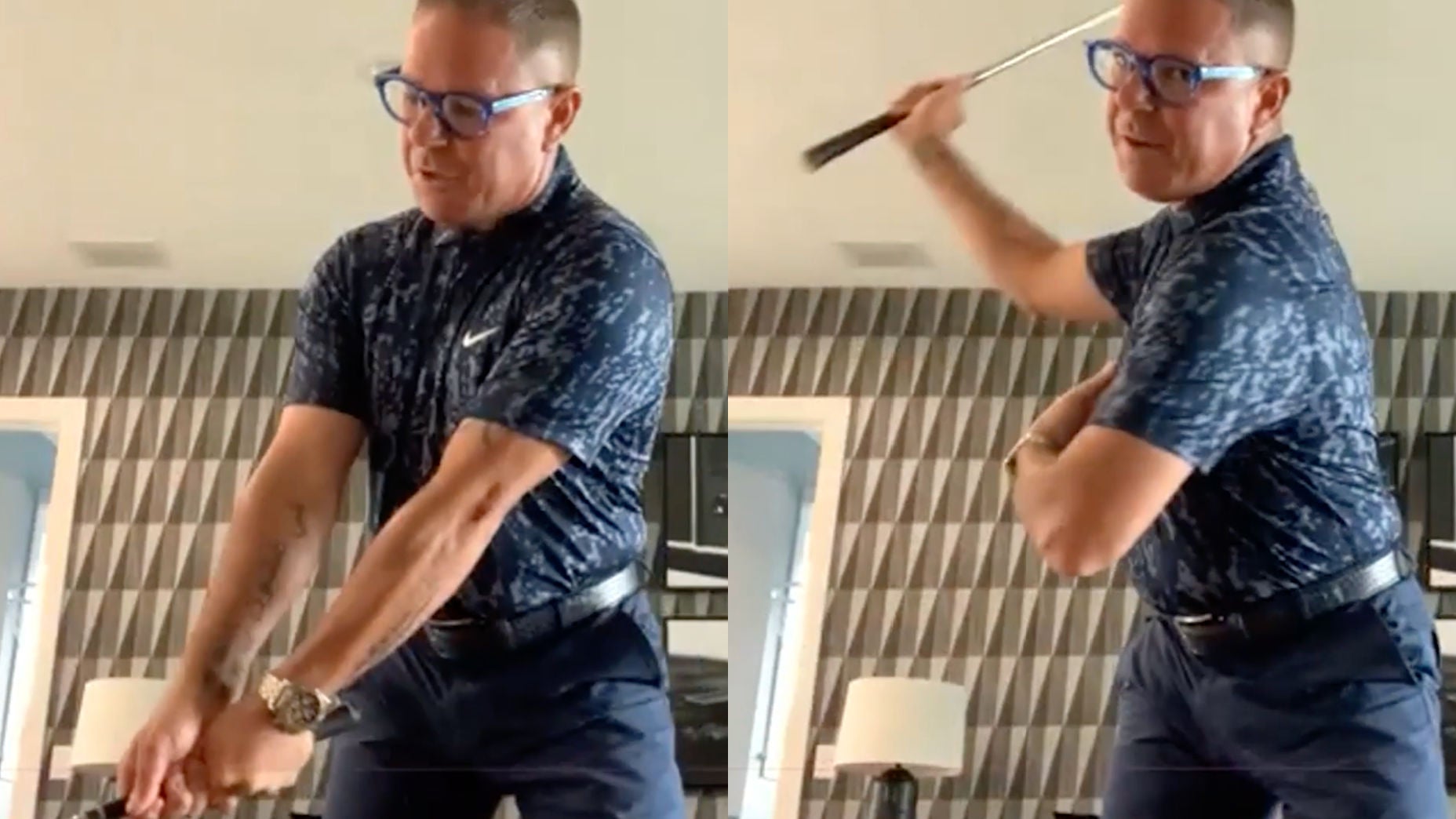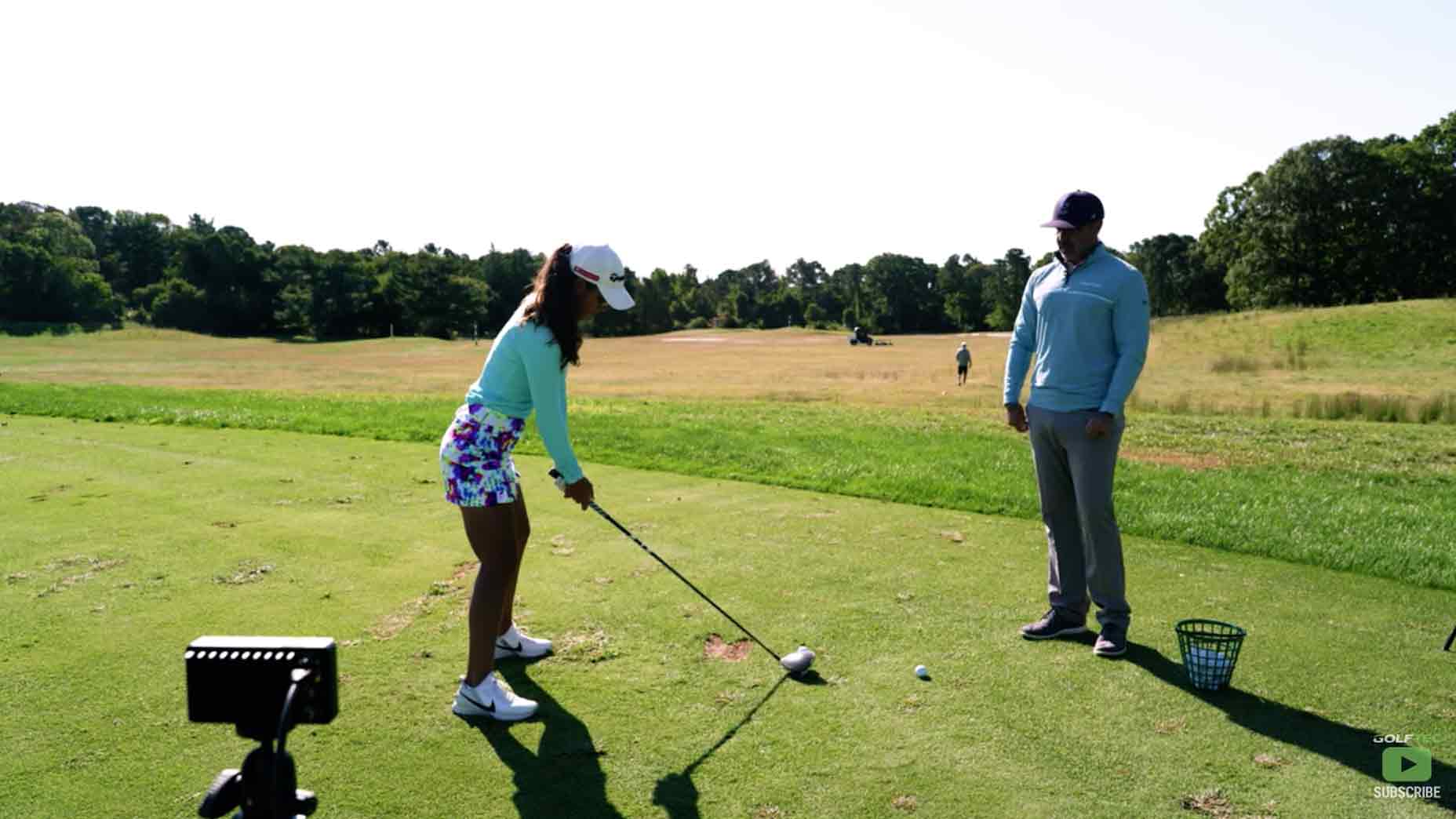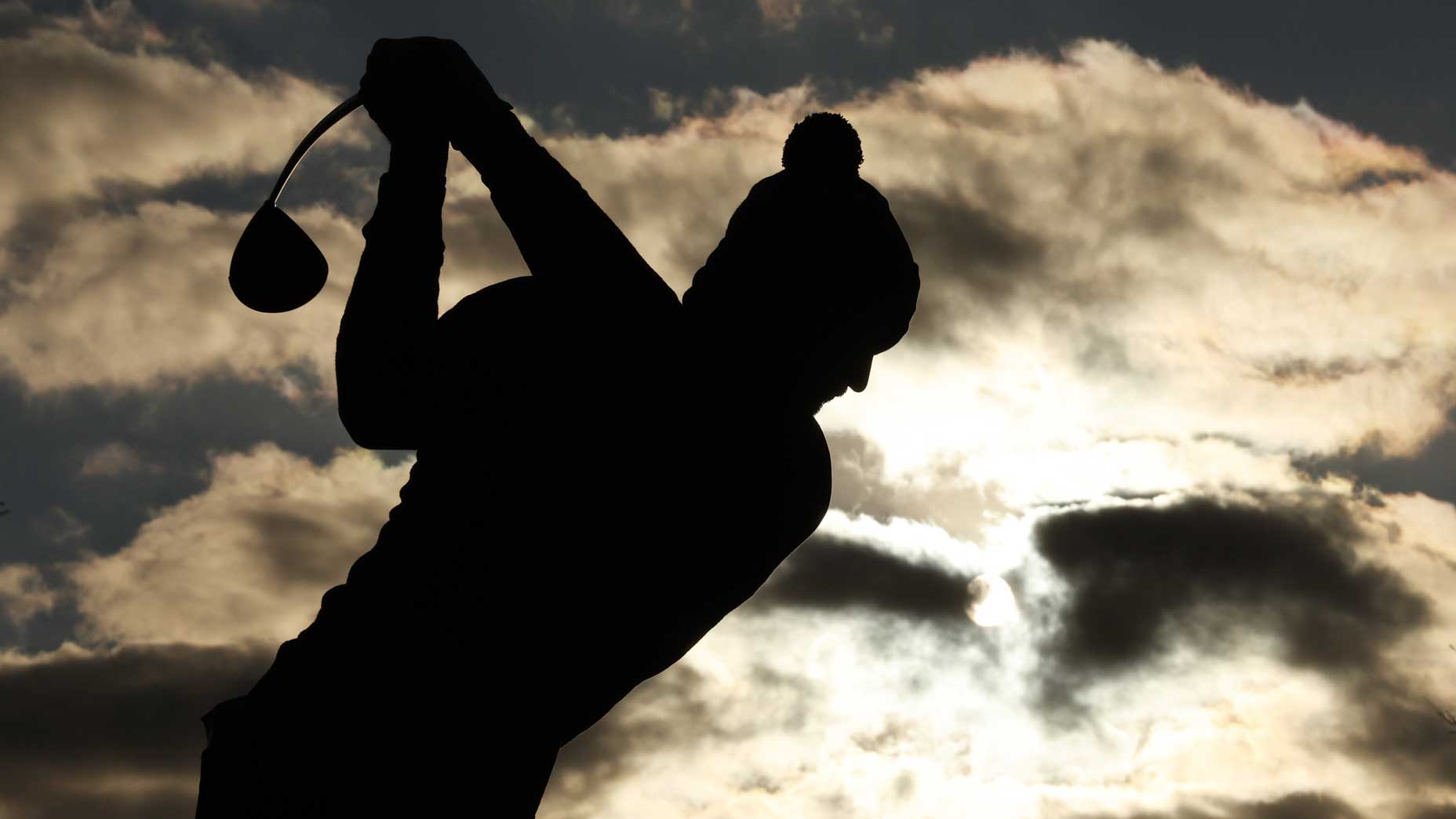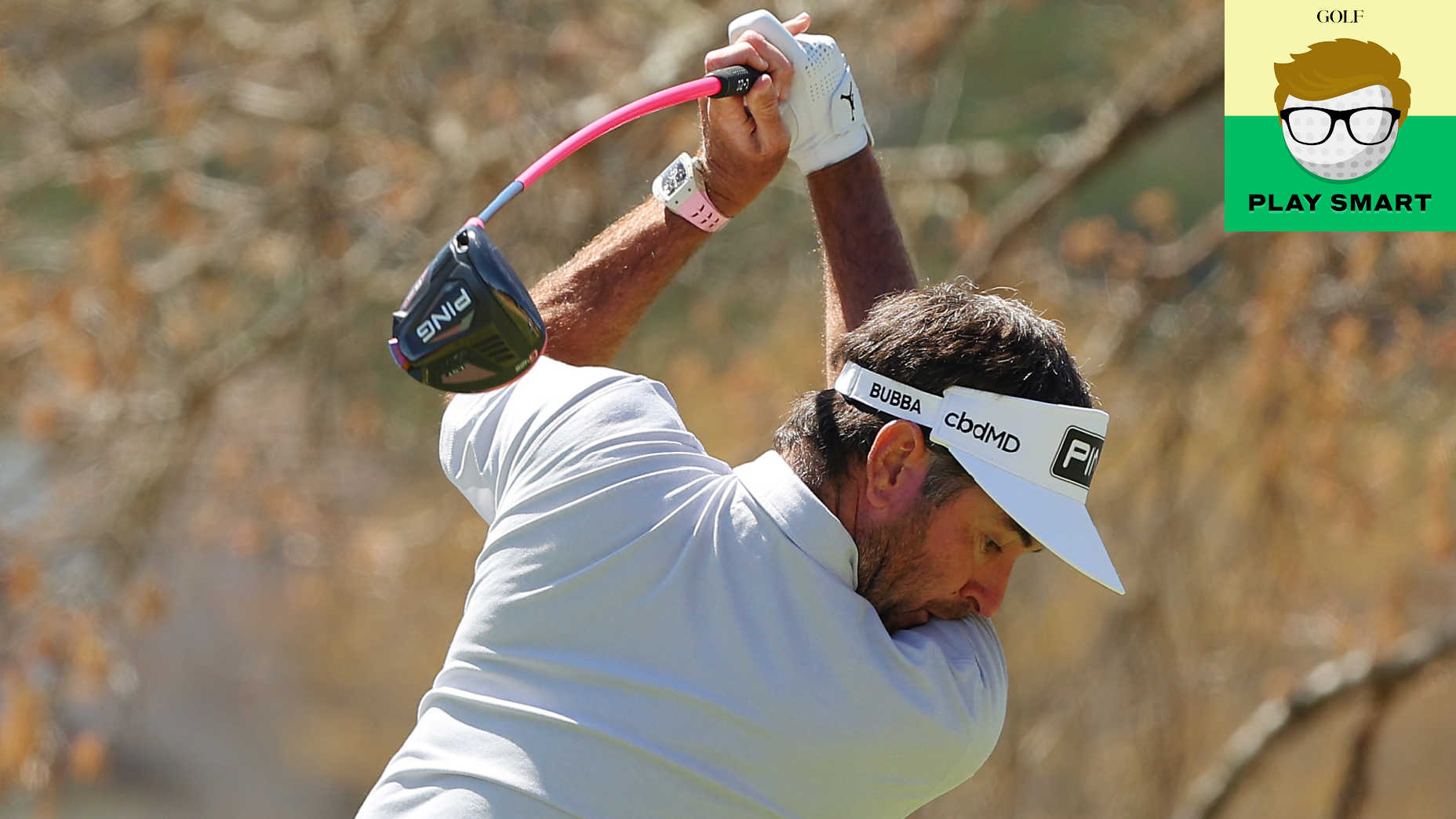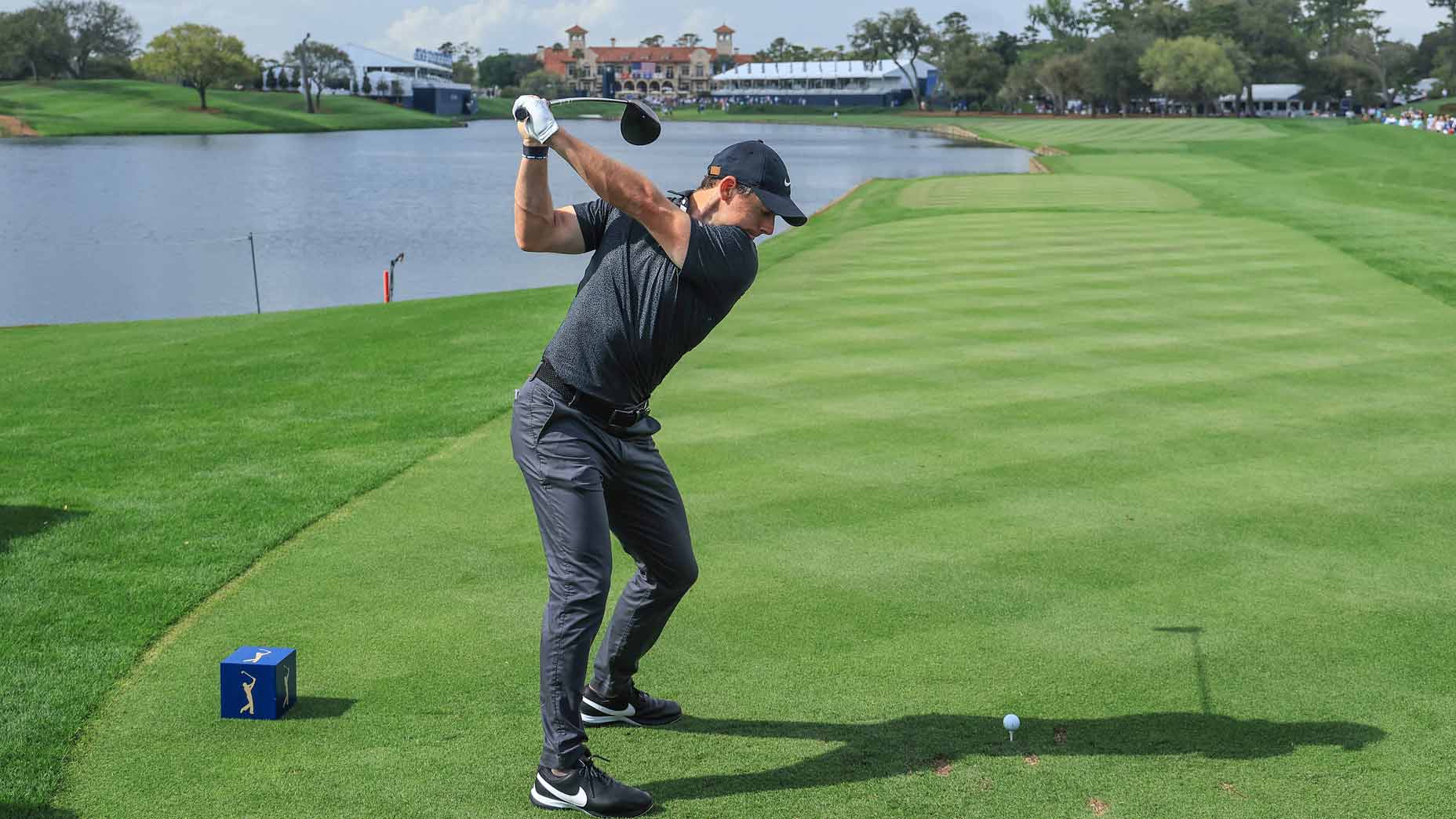CROMWELL, Conn. — After a grueling slog at the U.S. Open last week, there’s no place Marc Leishman would rather be than TPC River Highlands for the Travelers Championship.
“It’s such a well-run event,” Leishman said. “And the course is great. The holes are all fun and different. It’s up there as one of my favorites we play.”
Leishman has good memories here. He won his first PGA Tour event at River Highlands in 2012, and has clocked two top 25s and two more top 15s along the way. When he navigates the course this week, he’ll be doing so with his trusty fade off the tee — and therein lies a lesson for the rest of us.

Leishman’s breakthrough
About a year ago, I asked Leishman what his best advice was to golfers who want to break 80, and he shared some legitimately great advice:
“With the amount of time I play with people back home, they all want to impress their mates and cut the corners on doglegs,” he said. “But when you’re kind of talking it through with them, you can easily save them a couple shots just by making smarter decisions off the tee and into greens.”
Marc Leishman: 1 thing you should never do if you want to break 80By: Luke Kerr-Dineen
Leishman learned his own version of smart off the tee as a young touring professional, plying his trade on the Korean Tour, where the courses are notoriously tight. Out of bounds lined the fairways, which presented a problem for Leishman.
“I played a big draw, and I hit it miles, but occasionally it didn’t come off and I’d hit this big block,” he said. “Hit just one of those a round and you’d be dead.”
It was midway through a practice round when he decided enough was enough. He couldn’t keep sacrificing shots off the tee, so he tried something different.
“I started teeing it lower and hitting this spinny fade into play,” he said. “It didn’t go far but I knew I could control it, then over the years I learned to hit it further.”
Why you should find your shot shape
Which brings us nicely around to his advice for recreational golfers: Have a go-to shot off the tee.
For Leishman, that meant learning to hit a fade. For you, it could mean a draw. It doesn’t matter if you prefer something that moves left-to-right or right-to-left, he said, it only matters that you know which direction it’s traveling on both your good shots and bad.
“When you have clubs that aren’t going to go one way, it takes out a lot of the golf course and opens up the other side,” he said.
The key thing golfers want to avoid, he added, are double-crosses. If you know the ball is moving from left-to-right, and that your bad shots are either fades that don’t move enough or slices that move too much, that’s a margin of error you can work with. You know with relative certainty where the ball is going, and that’s something you can work with.
“It basically makes the fairway twice as wide,” he said.




